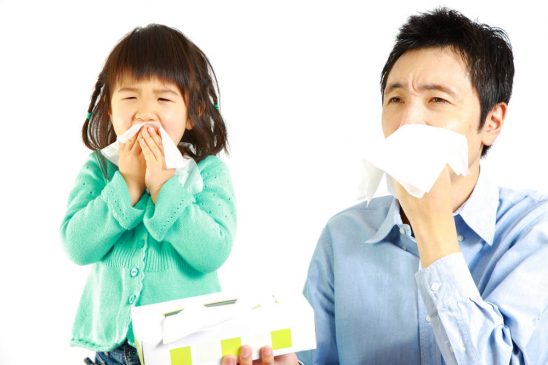Genetics, environmental factors, lifestyle, and daily choices play into the shape and size of every person on the planet. While your child has a great deal of information about how he will look already plugged into him when he is born, there are some things that you can do to prevent problems as he ages. One concern that should be on your radar is childhood obesity.
Create a Healthy Lifestyle
Remember that excess weight is usually put on when a child consumes more calories than he burns off in a typical day. Therefore, it is important that your child learns to eat nutrient-dense foods the majority of the time while also being active every day.
For healthy eating, focus on fruits, vegetables, and whole grains at every meal. When serving meat, offer mainly lean proteins. Your child can also get plenty of protein from lentils and beans. Try to keep refined sugars and flours to a minimum by limiting them to occasional snacks.
Be the Example Your Child Needs
If you do not model the lifestyle you want your child to follow, your child may say no to the habits that you are hoping to instill in him. Remember that your actions speak louder than words and that your child is closely watching the decisions that you make.
Get Your Child Healthy
If your child is currently overweight, focusing on these simple lifestyle changes may be enough to turn the tide. Never start a weight loss program for your child without checking with his pediatrician first. Restrictive diets are often missing key nutrients that children need for growth.




